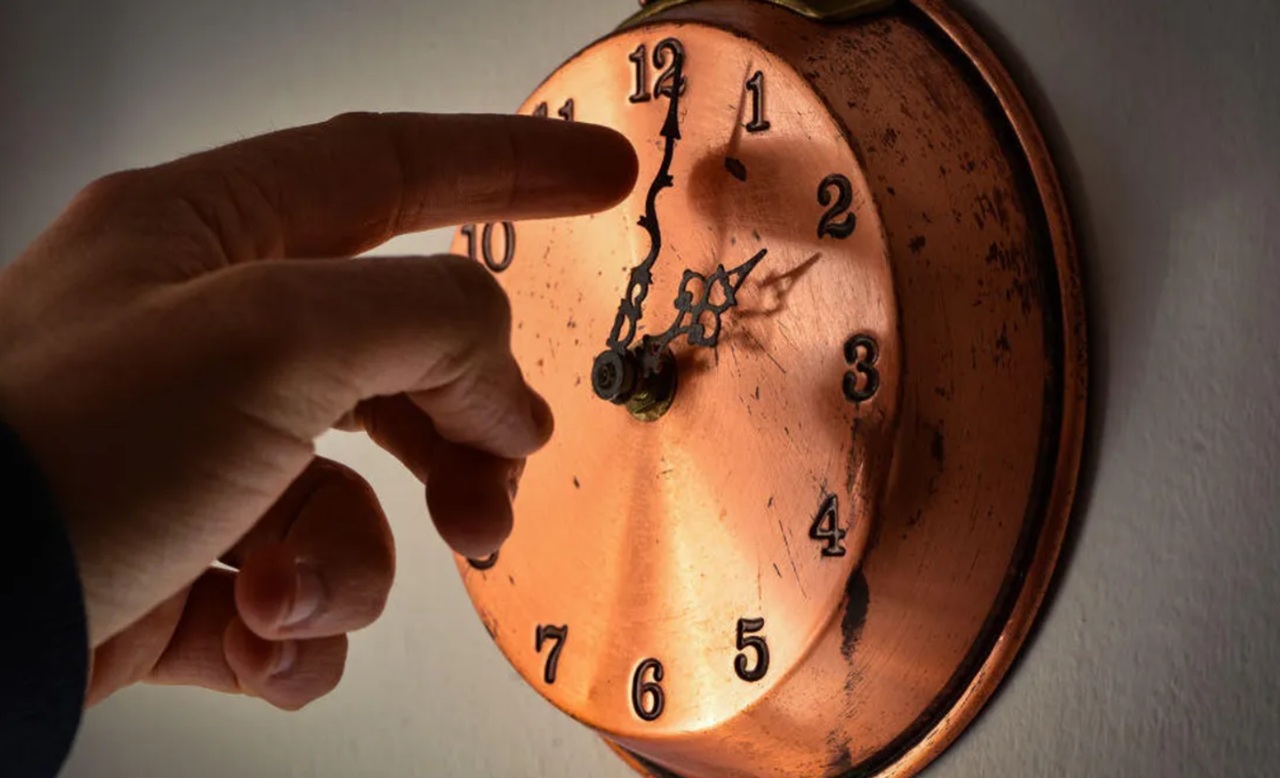As autumn deepens, Americans are preparing to “fall back” as Daylight Saving Time ends on November 2, 2025. At 2 a.m. local time, clocks will be turned back one hour, marking the return to standard time. This biannual shift, observed in most U.S. states, is known for disrupting sleep patterns and sparking debate over its continued relevance. While some advocate for permanent daylight saving time, others argue standard time better aligns with human biology.
What Is Happening and When?
Daylight Saving Time (DST) will officially end at 2 a.m. on Sunday, November 2, 2025, when clocks are set back to 1 a.m. local time. This transition marks the beginning of standard time, which will remain in effect until March 8, 2026, when DST resumes. The change affects most of the U.S., excluding Arizona (except the Navajo Nation) and Hawaii, which observe standard time year-round.
Historical Context and Legislative Background
DST was first introduced in the U.S. in 1918 and standardized by the Uniform Time Act of 1966, which set consistent start and end dates across states. The Energy Policy Act of 2005 extended DST to cover 238 days, from the second Sunday in March to the first Sunday in November.
A brief experiment with year-round DST in 1974, under President Nixon, was rolled back due to public dissatisfaction and safety concerns, particularly for children commuting in darkness.
Expert Opinions and Health Impacts
Sleep researchers and medical organizations, including the National Sleep Foundation and the American Academy of Sleep Medicine, advocate for permanent standard time, citing health risks associated with DST. According to Joseph Dzierzewski, senior VP of research at the NSF, DST creates a mismatch between internal body clocks and external time, leading to increased risks of cardiovascular events, mental health issues, and drowsy driving.
Dzierzewski also emphasized the safety risks for children walking to school in the dark, a key reason why permanent DST was abandoned in the 1970s.
Political Push for Change
Public sentiment favors ending time changes. A YouGov poll from October 2024 found that 63% of Americans support eliminating clock changes, while only 17% want to keep them. The Sunshine Protection Act, which proposed permanent DST, passed the Senate in 2022 but stalled in the House.
Senator Edward Markey continues to push for the bill, stating, “Changing our clocks has a very real impact on our economy, our health, and our happiness.”
Former President Donald Trump also criticized DST in a 2024 post, calling it “inconvenient and very costly to our Nation.”
What’s Next: Adjusting to the Change
To ease the transition, experts recommend gradually adjusting sleep schedules in the days leading up to the time change. Dzierzewski suggests:
- Shifting bedtime and wake-up time by 15 minutes per day
- Getting bright morning light exposure on the day of the change
- Maintaining consistent meal times and physical activity
These habits can help mitigate the effects of the shift and improve overall sleep quality.














